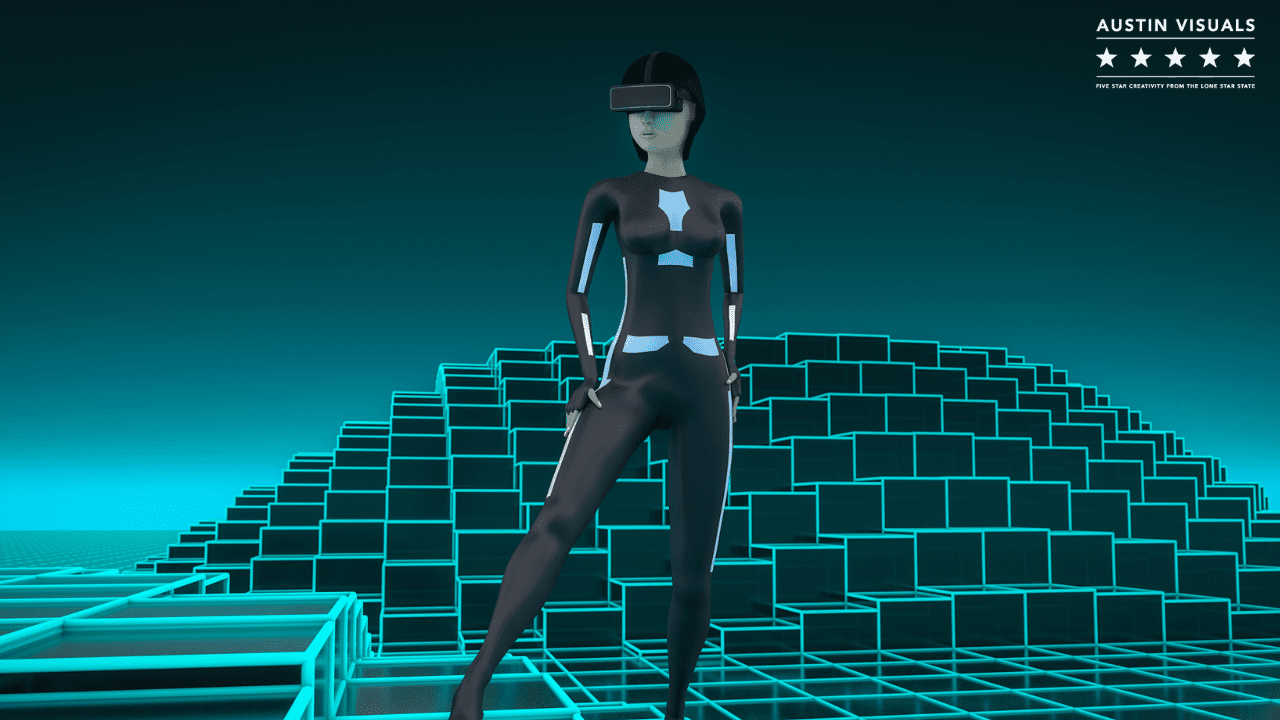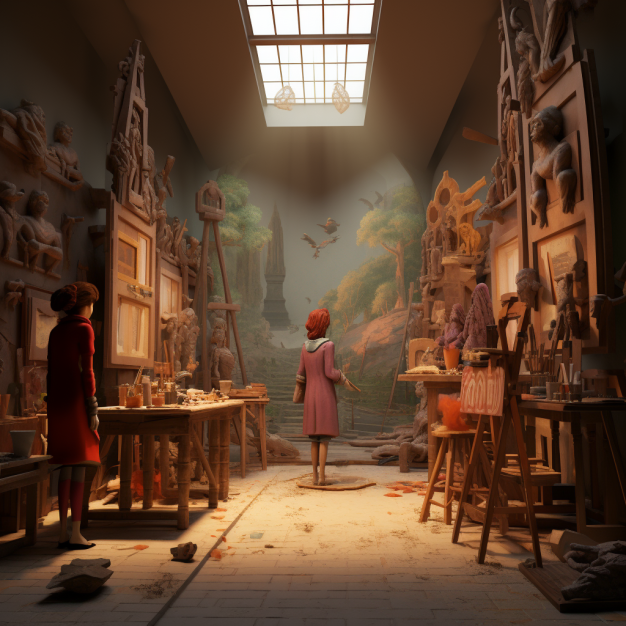
How To Create a Great 3D Industrial Animation
3D Industrial animation is a powerful tool for demonstrating a product. A 3D rendering can show a manufacturing unit or large production facility. In addition, an industrial animation can help market a new product or service in a creative way. Follow these steps to create your next industrial animation. You’ll be glad you did.
3D Animation _ Industrial Animation
There are many advantages of 3D industrial animation. It engages your audience through visual and audible stimulation. Interactive 3D animations can give your customers a realistic feel while demonstrating complicated concepts. You can even use 3D animations to demonstrate the inner workings of your products or equipment. You can also use 3D industrial animations for safety and health concerns, or to sell products. Whatever the case, 3D animation can help you achieve your business goals.
In addition to demonstrating the functions of your product, 3D product animations also allow you to focus on specific details, highlighting the benefits of your product. Moreover, it allows your audience to experience your products from different angles and see them in the best possible light. These benefits make 3D animations an excellent communication tool, and are used in sales, marketing, and training. And while 3D animations are more expensive than traditional videos, they’re also less likely to be ruined by a bad script or a poor editing job.
3D Renders
The process of creating a high-quality image from three-dimensional data stored in a computer is known as 3D rendering. It is similar to photographing a virtual 3D scene. Basically, the process involves capturing and translating the data into an image that will be useful to the customer or manufacturer. Rendering hardware will depend on the modeling, lighting, shading, and other animation information. 3D rendered images are widely used in advertising, digital media, and book covers.
The process of 3D rendering helps the designers and engineers visualize their ideas before they are realized in reality. After all, most people have hundreds of ideas in their heads that may not translate into reality. A 3D model render allows the client to see the idea in an entirely new light, so he or she can decide whether the design is a good fit or not before the product is actually built. This process also eliminates the need to film videos or film props.
Storyboarding _ Industrial Animation
An animation director is responsible for planning the storyboards for an animated film. Storyboarding involves drawing a rough sketch of each scene before creating the final animation. Storyboard artists plan the sequence of action by planning each frame of the animation. There are three stages in the storyboarding process. Each stage requires a different set of ideas and details. The final video will then be based on the storyboard.
The creation of a storyboard is a collaborative effort that involves various team members. In the case of an animation film, it is not unusual for a director to work with voice actors and motion capture actors. A storyboard can guide those people, minimizing conflict, making production easier. It’s not enough to have an excellent director or writer – you need to be a team player. So, what should a storyboard look like?
Product Demonstrations
Industrial 3D animation is a powerful medium for communicating complex ideas, processes, or concepts. A well-made video can increase sales by illustrating how products and processes work. Product demonstration videos from Wow-How Studio can showcase concepts, general specifications, and intricate details. Besides, these videos boost overall profitability. Product demonstrations from Wow-How Studio have proven effective in boosting CTR and UTM. This article looks at the benefits of product demonstrations in industrial animation.
Using industrial 3D animation, manufacturers and service providers can easily show the interiors of products and components. Unlike traditional explanatory videos, 3D industrial animation does not require the cleaning of physical products before shooting. Moreover, these videos can highlight particular sections, such as the parts used to manufacture the product. They also help businesses convey technical information to target audiences without the need to explain complex details or processes in text.
Training
Industrial animation is a highly effective way to explain complicated processes and explain the science behind industrial solutions. It simplifies the science and complicated processes behind a product or service and conveys the information in a compelling way. A 3D animation can demonstrate a complex process or show the entire concept in a matter of minutes. The technology behind industrial animation is increasingly sophisticated, and 3D animation can even give users a 360-degree view.
Industrial 3D animations can show the interior of products, how the product is assembled, or how it is disassembled. They can show how to repair something with a single view or with exploded views. They’re also cost-effective than speeches. One industrial animation company, Chasing Illusions, offers 3D training videos. Their training videos demonstrate the intricacies of industrial processes.
Cost
How much should you pay for industrial 3D animation? It will depend on several factors. The size of your animation studio and the quality of the work will determine how much your animation will cost. For example, a small studio will charge about $1,000 for a single minute of animation. An upper-end studio may charge as much as $30,000 for one minute. You’ll most likely fall somewhere in between. Below are some factors to consider when comparing prices for industrial animation.
3D Animation. This form of animation helps explain complicated products and processes to a wider audience. It makes complex procedures simpler for operators. Process and manufacturing industries use 3D animation to educate their employees. For example, 3D animation makes it easier to understand chemical elements than a manual. Animations are great for explaining complex processes, including the use of new equipment. You can even use them to improve training for your workers. In addition, 3D animation makes complex concepts easier to grasp.
For inquiries or questions Call Us, (512) 591-8024, Email us: [email protected], or use the form below to send us a message. We’re ready to answer any questions you have so that we can deliver your creative project on time and to the highest standard possible.
Have A Project You Want To Discuss? Drop us a line!





